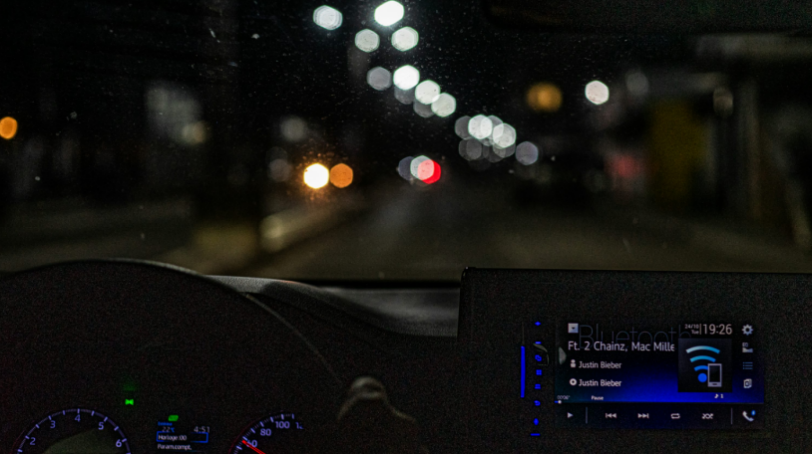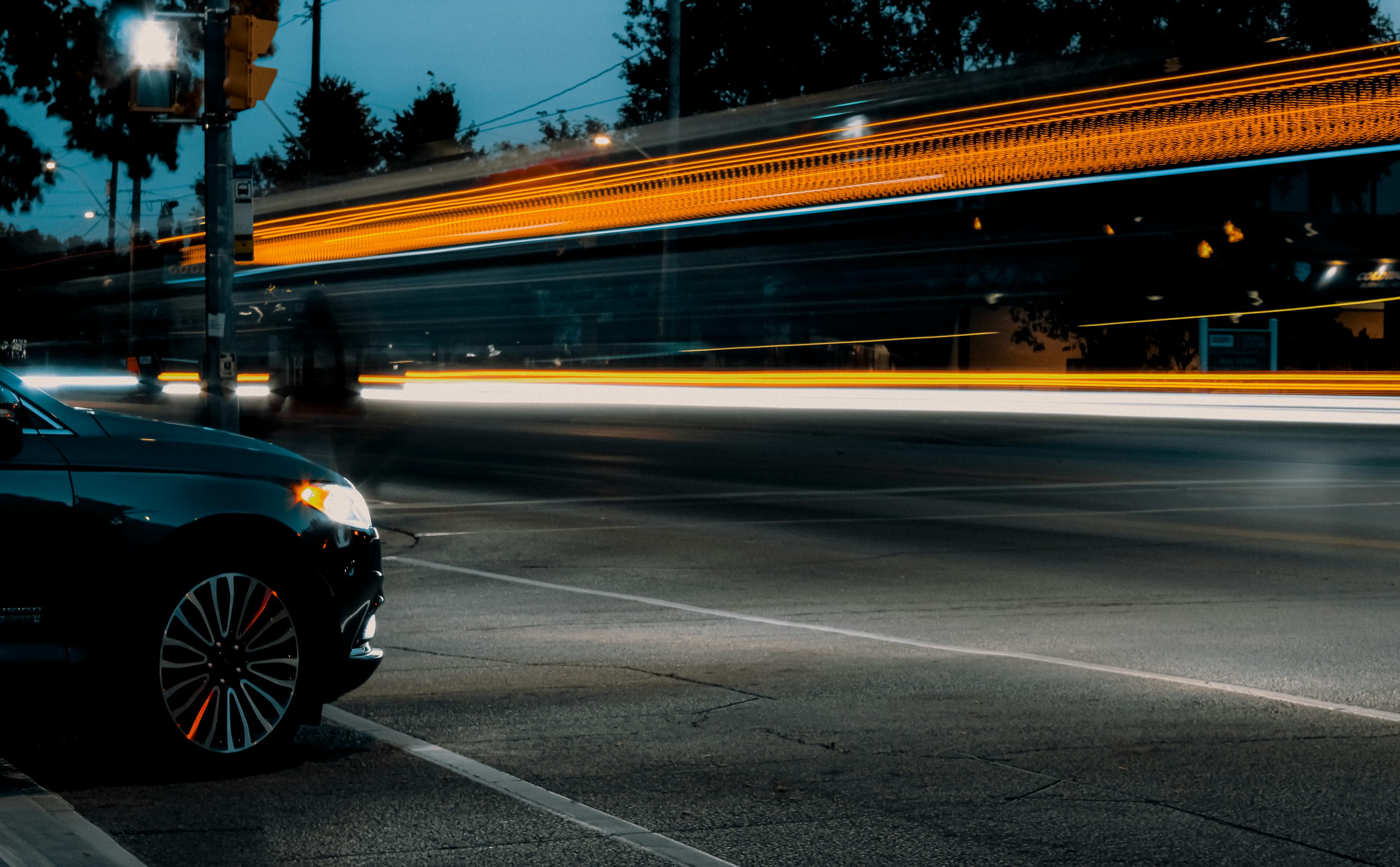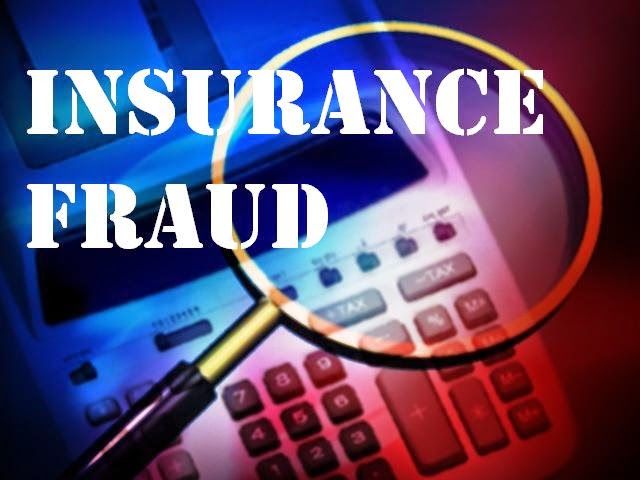With the continuous progress of science and technology, self-driving cars are gradually moving from science fiction to reality, becoming an important development direction in the global transportation field. However, while self-driving cars bring convenience and efficiency, they also face many network security risks, which makes network security insurance gradually become an important part to ensure the healthy development of the self-driving car industry.

In terms of network security risks of self-driving cars, there was a striking incident in 2015. Two hackers launched a long-range attack on Jeep Cherokee through the entertainment channel of the car networking system. They successfully invaded the control system of the vehicle, and were able to remotely control the brakes, steering, wipers and other components of the vehicle, and even interfered when the vehicle was driving at high speed, which seriously threatened the driver's life safety. This incident fully exposed the possible serious consequences of the network security loopholes of self-driving cars.
In 2022, the number of cyber attacks on connected vehicles worldwide has exceeded 500,000 times, and the attack methods are increasingly complex and diverse. Hackers try to steal the key data of the vehicle, interfere with the normal operation of the vehicle, and even take over the control of the vehicle, which brings great challenges to the safe operation of self-driving cars and highlights the necessity of network security insurance.

In the practical exploration of network security insurance, insurance companies in some countries have begun active attempts. For example, AIG in the United States cooperates with automobile manufacturers to provide network security insurance services for connected cars and self-driving cars. The insurance mainly provides protection against risks such as vehicle damage, data leakage and personal injury caused by cyber attacks. Through close cooperation with automobile manufacturers, AIG can better understand the technical characteristics and potential risks of vehicles, so as to formulate insurance products that are more in line with market demand.
The British insurance industry is also paying close attention to the network security risks of self-driving cars and actively exploring related insurance solutions. Insurance regulators in the United Kingdom require insurance companies to clarify whether their traditional insurance products include network security, so as to avoid unclear insurance responsibilities in the event of cyber attacks. At the same time, some British insurance companies began to develop specialized network security insurance products, which provided certain risk protection for manufacturers, operators and users of self-driving cars.
However, the development of self-driving car network security insurance is also facing many challenges. On the one hand, risk assessment is difficult. Different from traditional insurance, network security risks are highly uncertain and complex. Insurance companies need to consider many factors when evaluating risks, such as the network security protection ability of vehicles, loopholes in software systems, means and frequency of hacker attacks, etc. On the other hand, insurance pricing is more difficult. Due to the lack of sufficient historical data and industry experience, it is difficult for insurance companies to accurately measure the balance between risk and income when determining insurance rates.

In short, self-driving car network security insurance, as an important means to deal with the network security risks of self-driving cars, is gradually attracting global attention. Although there are still some problems in the development process at present, with the joint efforts of all parties and the continuous maturity of the market, it will play an increasingly important role in the future, escorting the popularization and application of self-driving cars and pushing the global transportation industry towards a more intelligent and safe direction.





